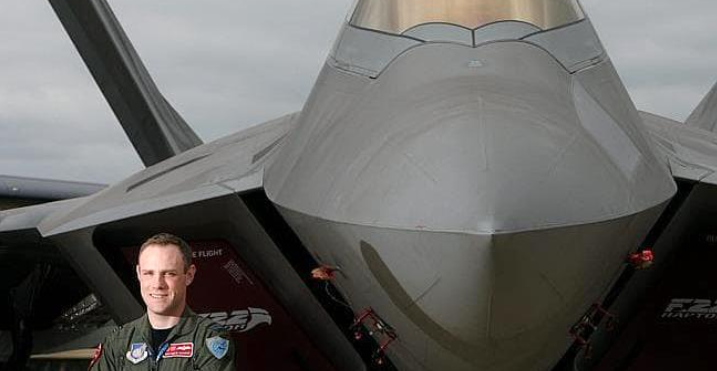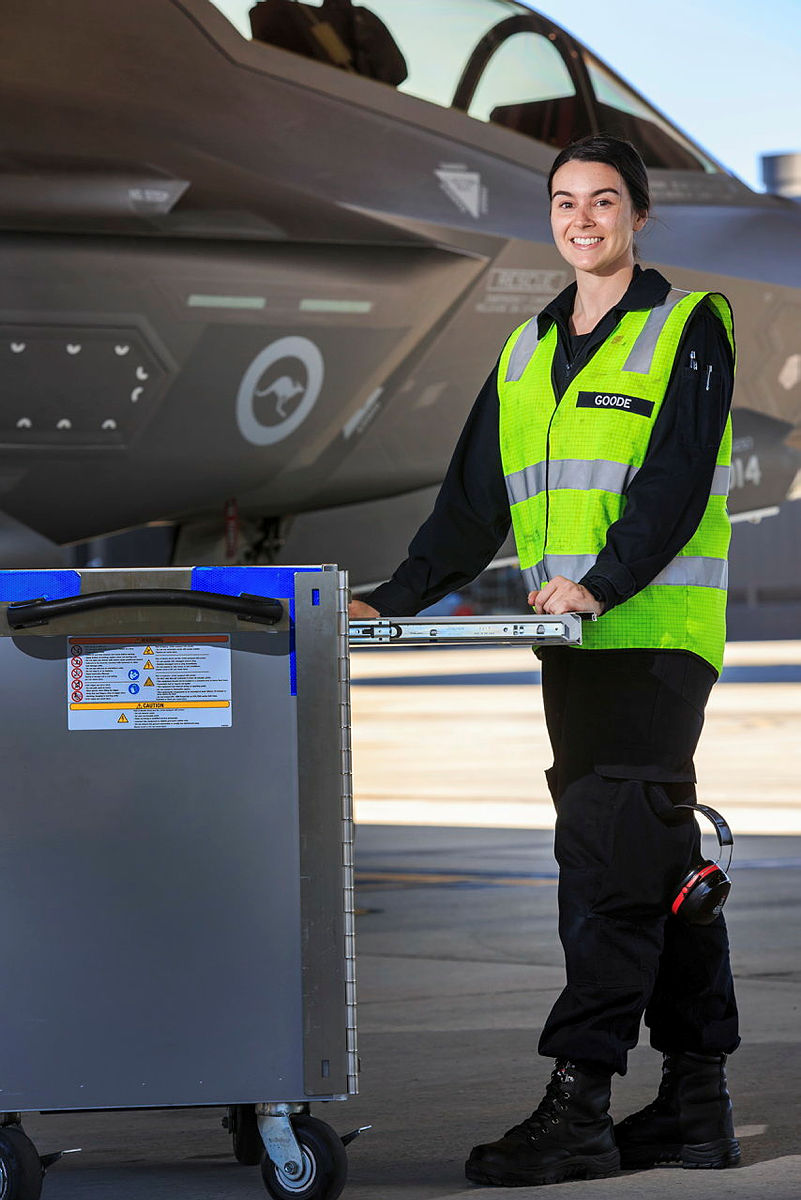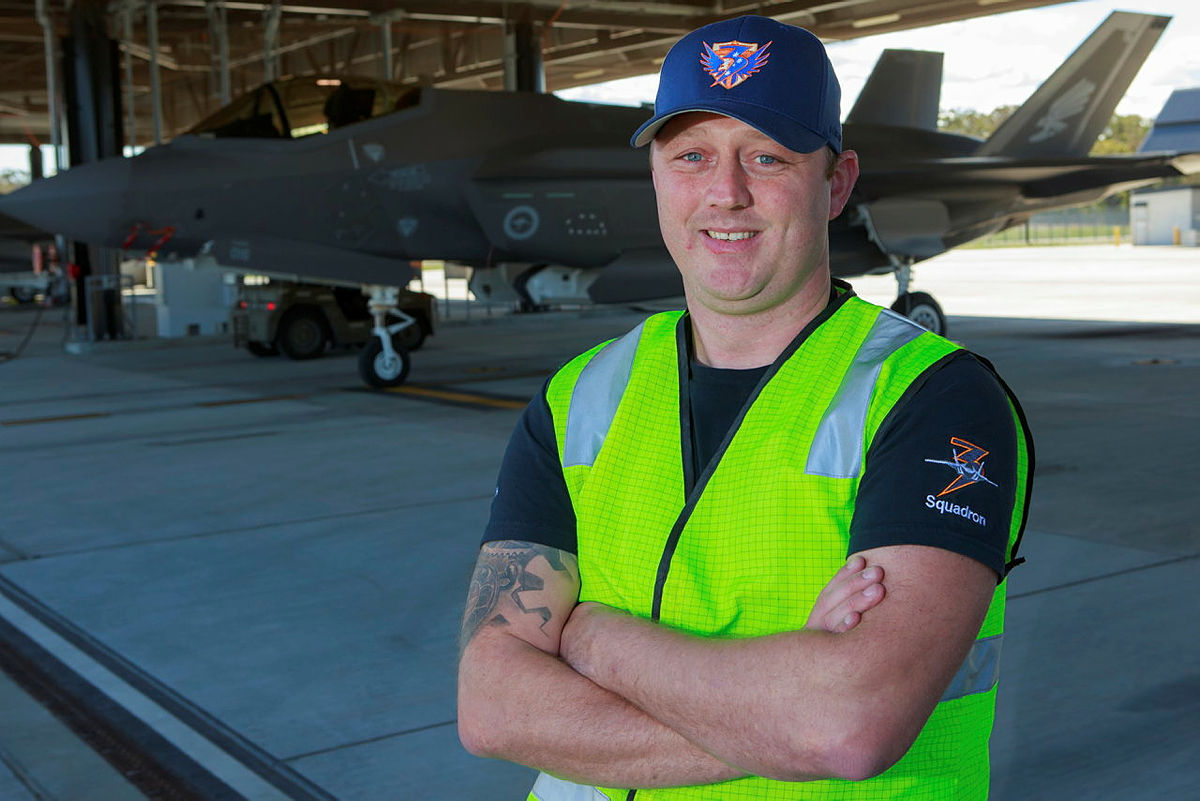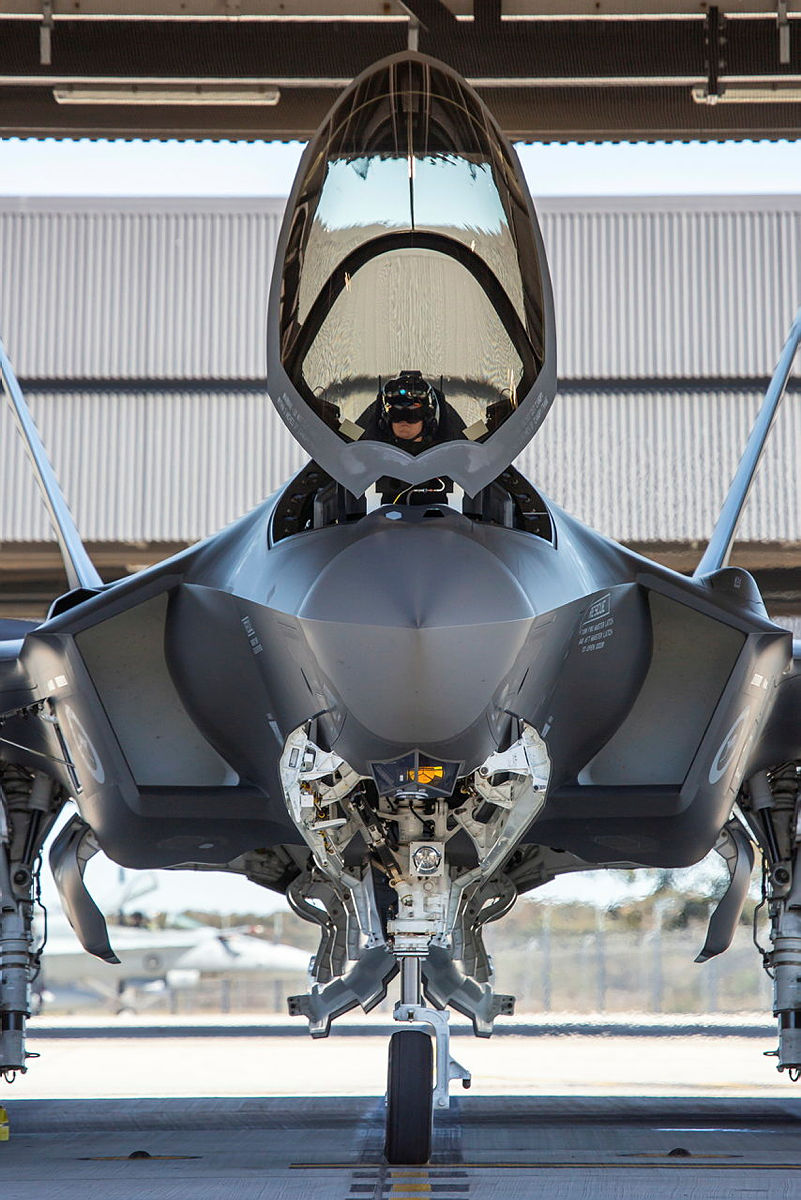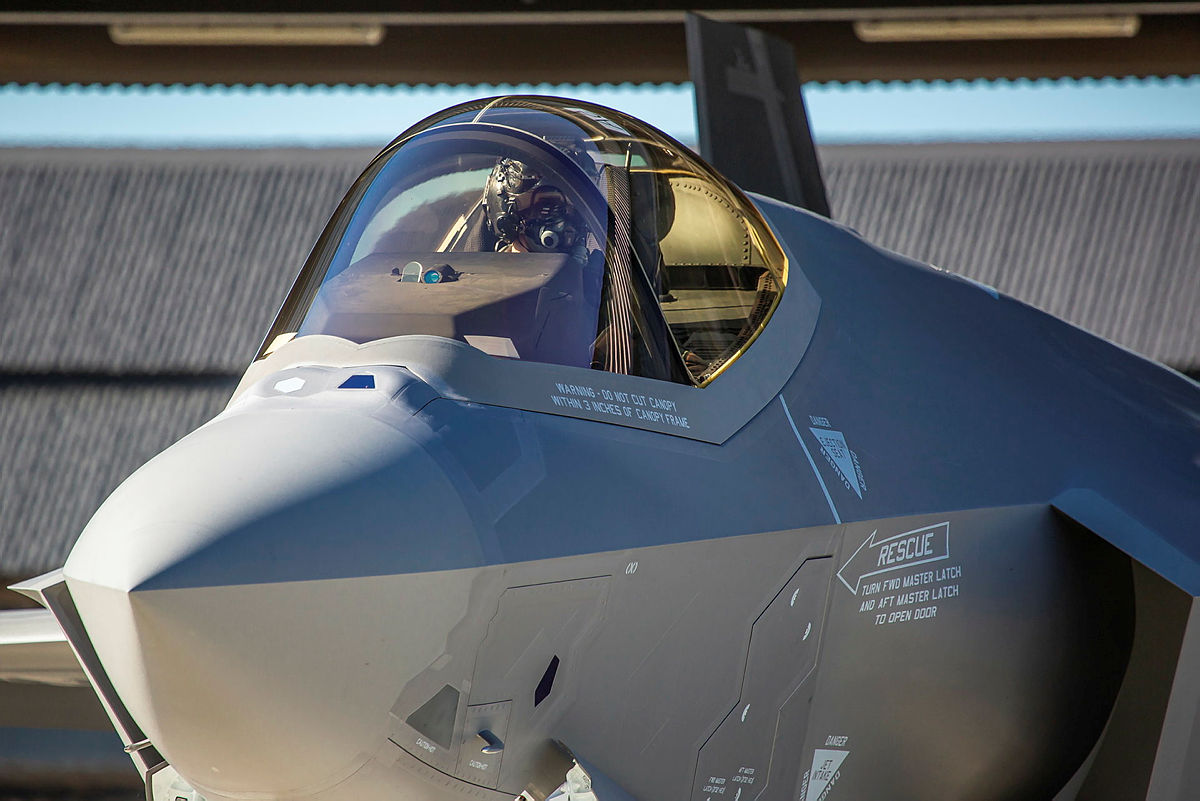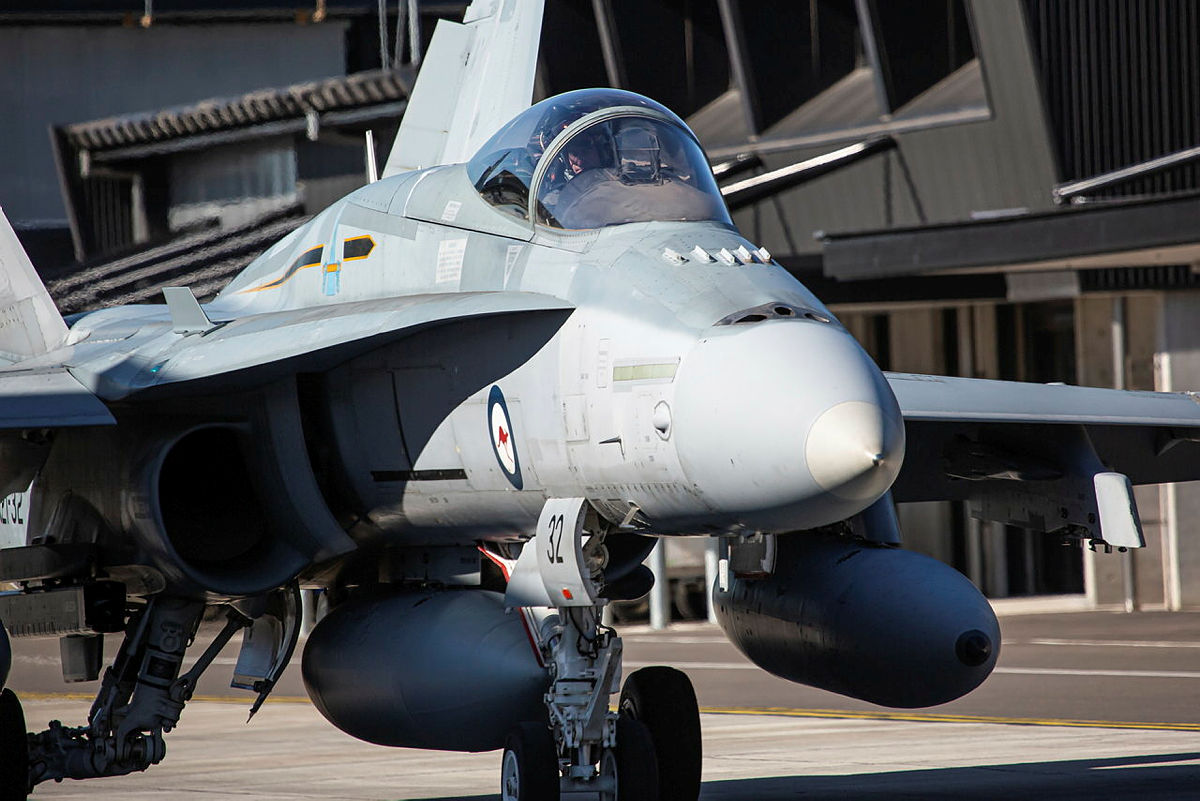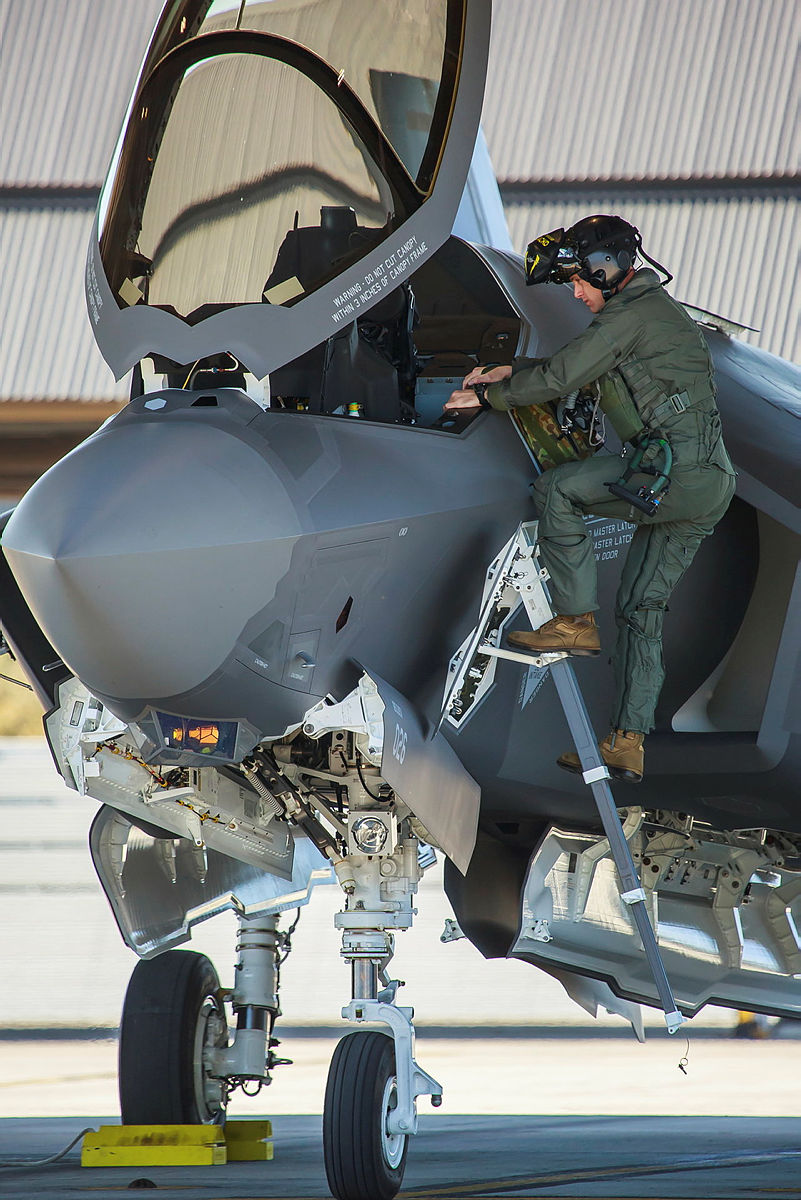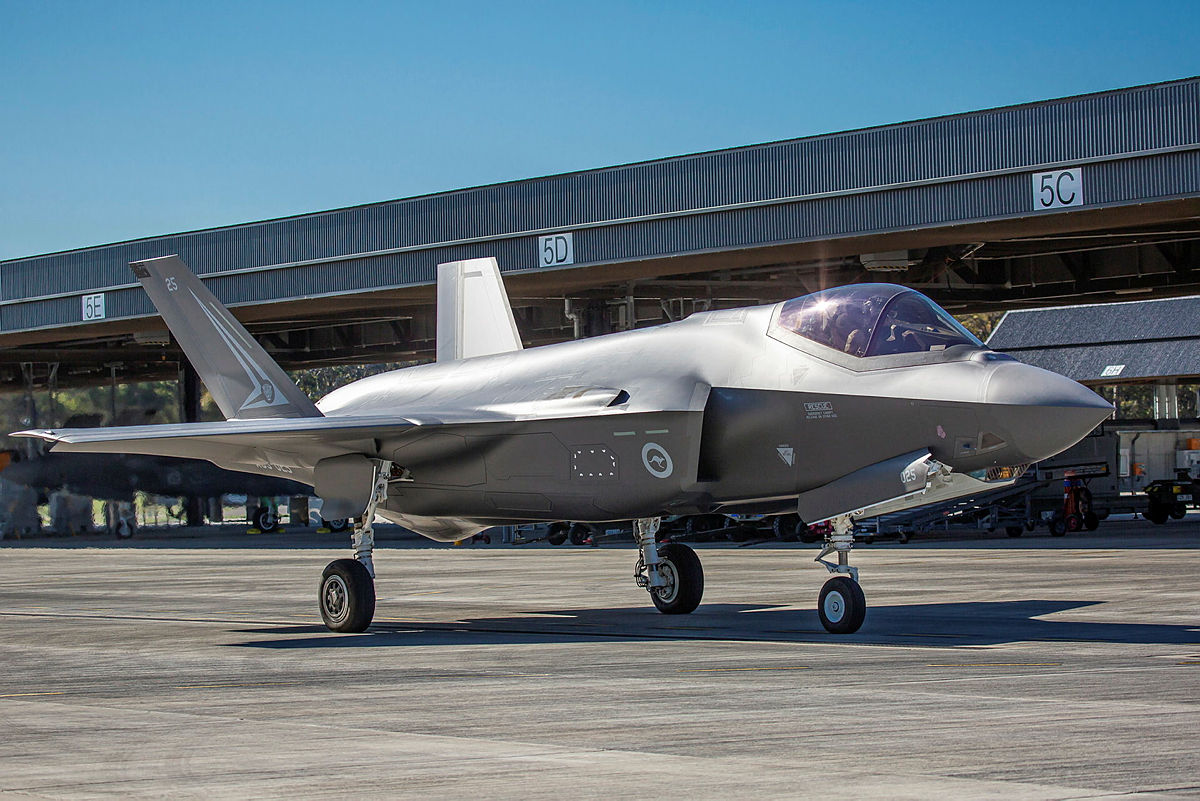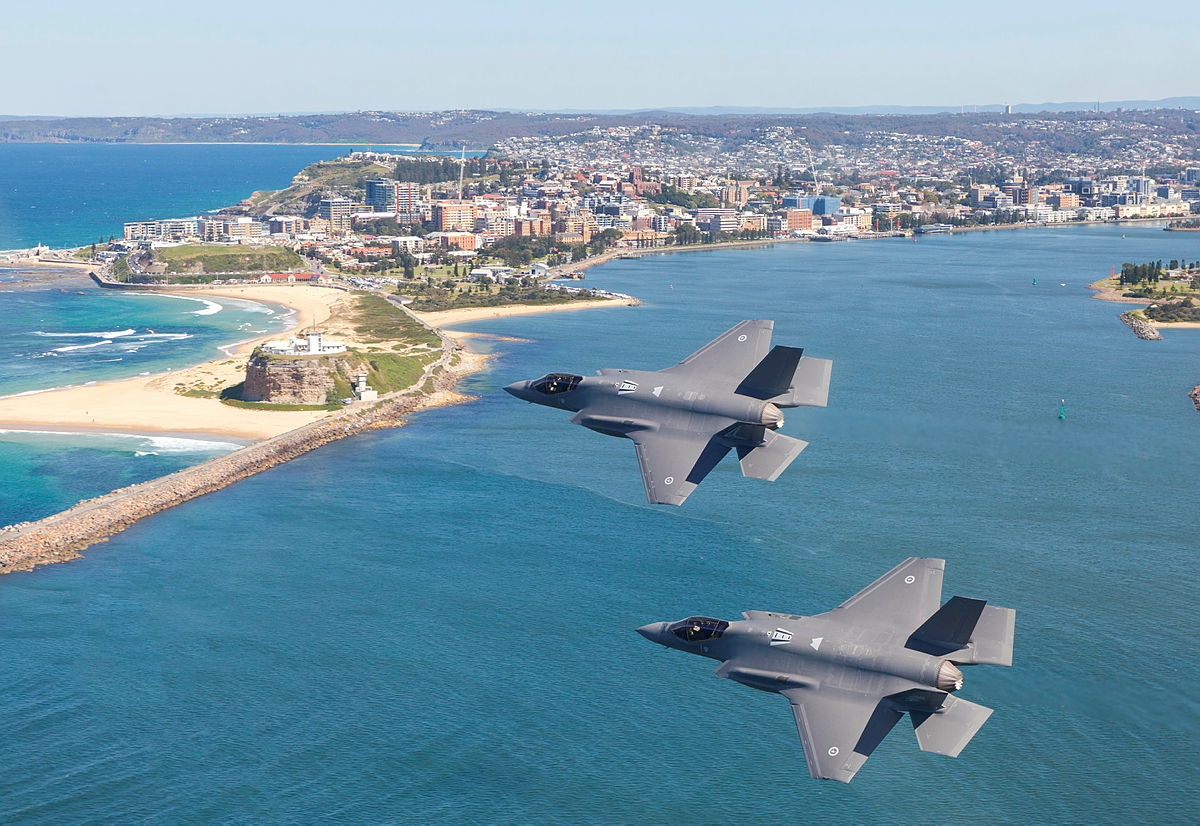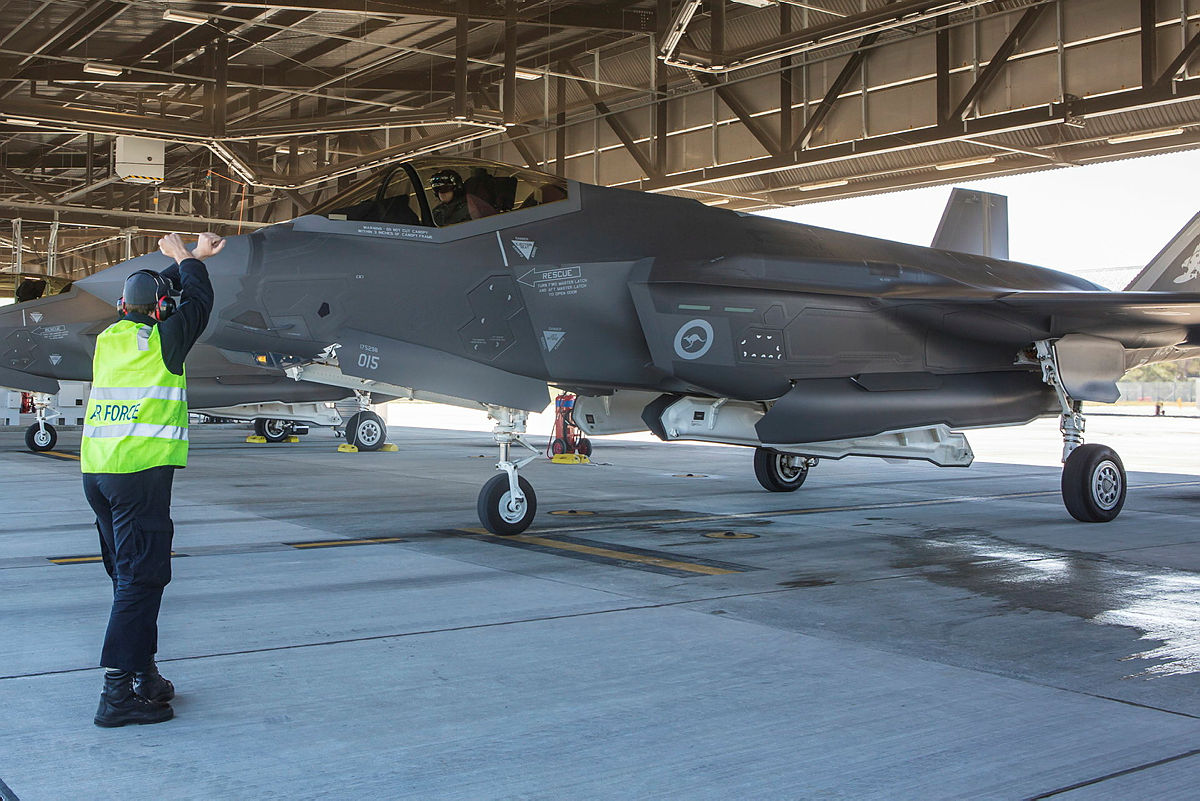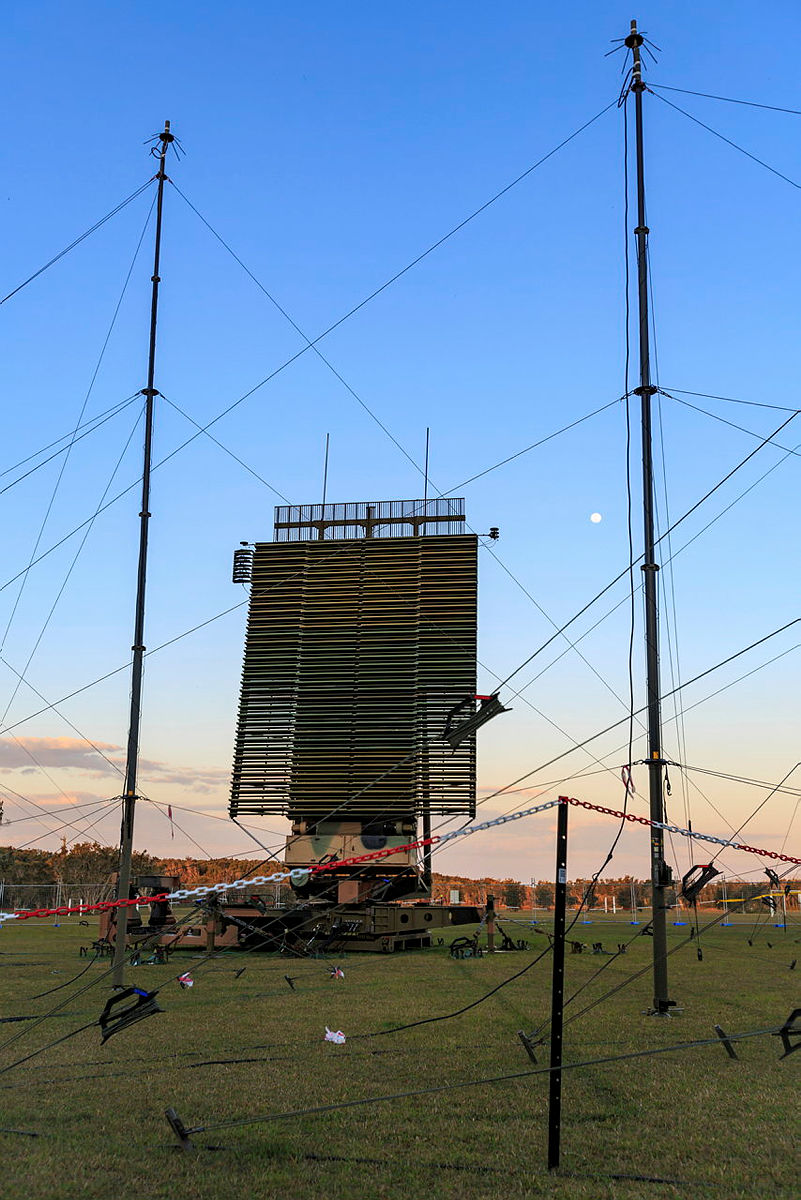The RAAF from the initial moment of considering F-35 acquisition has focused on shaping a fifth generation Australian Defence Force.
And for such a force to be able to operate, it needs to be integratabtle and expeditionary.
That is what was being tested out in the month long “Lightning Storm” exercise.
The exercise involved most of the Air Combat Group as well Wedgetail, KC-30 tankers, ground controllers, intelligence personnel and logisticians.
Stephen Kuper talked with Air Commodore Tim Alsop about the exercise and highlighted a number of key aspects of the exercise.
Commander Air Combat Group (ACG), Air Commodore Tim Alsop, shed some light on the training program and the performance of the F-35, as the RAAF put its new wonder jet through its paces.
“To say that the F-35 performed wonderfully is an understatement, it truly is a generational and transformational capability for the Royal Australian Air Force. Throughout the exercise, JSF really came into its own,” AIRCDRE Alsop said.
Exercise Lightning Storm saw a spectrum of RAAF assets combined around the nation, ranging from the E-7A Wedgetail Airborne Early Warning & Control (AEWC), the F/A-18A Hornets, F/A-18E/F Super Hornets, KC-30A Tankers and Hawk Lead-in fighters all combine with the F-35.
The exercise also provided an opportunity for the Air Force ground elements, particularly support elements from No 3 Squadron, combined with the No 3 Control and Reporting Unit (3CRU) utilising their TPS-77 radar capability to provide an essential surveillance picture which was transmitted by satellite to the unit’s control and reporting centre (CRC) at RAAF Base Williamtown.
AIRCDRE Alsop explained, “The exercise was designed from the ground up to validate the deployability and interoperability of the F-35 – this emphasised ‘deploying’ the F-35 and its support infrastructure ‘away from barracks’, which we were able to do in an ‘expeditionary’ manner despite not actually leaving the base.”
Originally planning to travel to RAAF Base Tindal to conduct Exercise Lightning Storm, No 3 Squadron instead put its personnel and systems to the test by conducting a simulated deployment in their own hangars at RAAF Base Williamtown.
“The nationwide effort required to support the exercise is testament to the air combat group, paired with aerial refuelling, E-7 Wedgetail AEW&C and the people around the country who worked to provide proof of concept,” AIRCDRE Alsop added….
AIRCDRE Alsop added, “The whole exercise really enabled us to bring together the entire spectrum of capabilities delivered by F-35 and the rest of the RAAF’s inventory, the extra day really expanded this and showed off what this impressive piece of kit is capable of.”
Recently, the Aussies ferried four more F-35s from the United States as well to Australia.
The RAAF is moving towards a December 2020 Initial Operating Capability for its first squadron.
The current CO of 3SQN, WGCDR Darren Clare will be turning over command, to the very officer who presented the fifth generation experience at the launch seminar for fifth generation issues at the Williams Foundation in 2014. WGCDR Matthew John “Harps” Harper, gained his initiatl fifth generation experience while operating as an F-22 pilot on exchanged with the USAF.
In late 2008, Matt was assigned to the USAF 90th EFS [“Expeditionary Fighter Squadron”] to fly the F-22A stealth fighter. While in Alaska, Matt qualified as an F-22A Mission Commander, Instructor-Pilot and a Standardization/Evaluation Flight Examiner – Matt was the first Australian to fly a 5th Generation fighter.
For the full Kuper article, see the following:
An RAAF F-22 Pilot Explains the Dramatic Shift to Fifth Generation
Featured Photo: Harper as pictured in 2011 when he was on exchange with the USAF and flew an American F-22A in displays at the Avalon Airshow.
We will be publishing later this year a new book looking at the evolution of Australian defense strategy.
The book is entitled: Australia in the Indo-Pacific Region: A Defense Strategy in Evolution and is scheduled for publication in December 202o.


